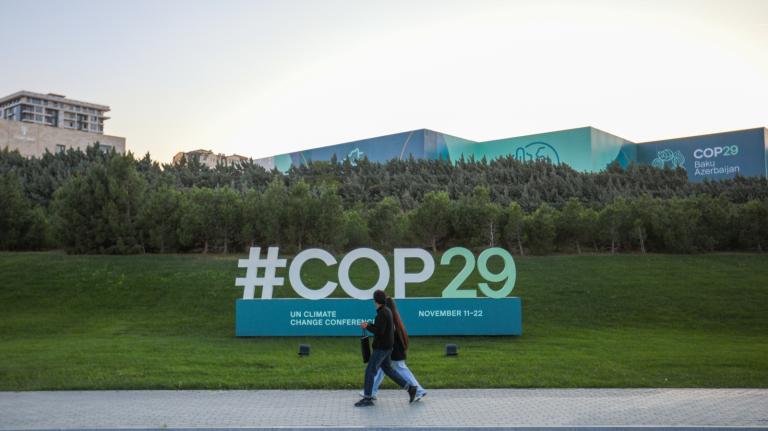For readers out there who understand the climate crisis well (I assume basically all of you), a lot of this will be recap, but today’s hearing underscored how desperate the situation really is and how urgently it needs to be addressed. That urgency is a source, at least to me, of tremendous frustration.
To a great extent, we’ve reached this point precisely because energy industries and their political patrons spent years blocking action, rejecting science, and rhetorically casting “alarmists” as cartoonish hippie-fascists. So successful were their efforts that we now face a crisis of such magnitude that the very same actors are using the urgency they created to bully lawmakers into providing them significant handouts in order to fix the problem.
As my previous post points out (or was meant to point out), the bullying is proving effective. This post is a reminder that it’s only effective because things look pretty dire.
If carbon capture and storage (CCS) is our future, where are we now? Nowhere particularly good. Markey characterized it at his hearing today by saying:
… current DOE projections suggest that CCS will not be commercially available until 2020 or later — after most of the new coal-fired plants on the boards, both here and in China, will already have been built. We must pick up the pace.
Getting China and India on board is crucial, but it’s also tricky. As David Hawkins of the NRDC said, “China and India do not have to proceed necessarily on the same precise timetables as industrialized countries, but if they don’t come to the table and participate aggressively in the next 10 or 15 years, we can’t meet those [greenhouse-gas concentration] targets.”
The problem is getting them aboard. One way or another, it will be up to the developed world to deflect the costs of modernization for the developing world. My own pet pie-in-the-sky solution vis-Ã -vis China (which I dreamed up today in the committee room) is to buy back our treasury debt from the Chinese government by outfitting their coal facilities with CCS technology.
In the real world, trade penalties might be a more politically palatable solution, but even that will cost us. As Carl Bauer, director of the National Energy Technology Laboratory, noted at the hearing:
When we build power plants in this country, most of the heavy parts come from China. So if we penalize them by taxing their carbon … we’ll probably pay for that tax in our import of power-generation facilities.
The bottom line, though, is that some kind of solution will have to emerge in the next quarter century, during which time the equivalent of 3,000 large coal plants will be built. For some perspective, there are currently the equivalent of 2,000 large coal plants operating in the world. Over 60 years, that translates into 750 billion tons of carbon emissions. I’m working on some back-of-the-envelope math to translate that (very roughly) into its impact on climate, but in the meantime it’s worth pointing out that that constitutes 30 percent more carbon than all human coal use throughout time.
As David is fond of pointing out, on an even playing field, the coal industry loses to green energy flat out. I think that’s right. Unfortunately, they’ve stacked the deck so marvelously against us that the playing field is badly, badly skewed.

